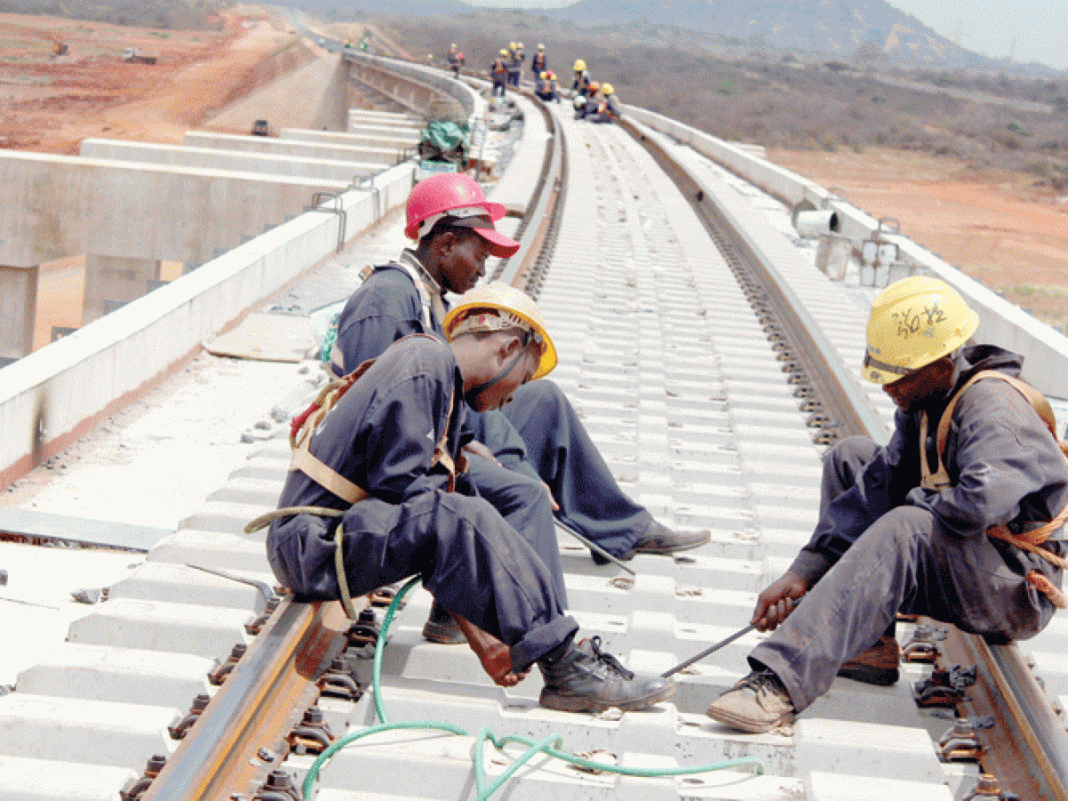The number of infrastructure construction projects in East Africa declined in 2021 by 13.6%, with 102 projects under construction, compared to 118 recorded projects in 2020, a new report has shown.
The report by Deloitte shows that a marginal decline is evident in the total value of construction projects from US$77.7bn in 2020, down to US$60.6bn in 2021.
The drop in the number and value of projects is attributed to several big projects being completed in the past year, including the Kenya-Uganda-Rwanda South Sudan rail project (US$9.8bn) and the Lamu project in Kenya (US$5bn).
The two big projects were both completed in Kenya, which is in line with the Kenyan government’s goal to boost and complete infrastructure projects. In East Africa, Ethiopia recorded 30 projects, the highest number of construction projects in the region.
Kenya had 25 projects, followed by Uganda with 21 and Tanzania with 19 projects. As was the case for 2020, although Tanzania recorded a lower number of projects than other East African countries, the country contributed the highest value of projects. In 2021, Tanzania contributed 54% (US$32.9bn) of the value of projects under construction.
Four of the top 10 projects in the East African region were being constructed in Tanzania. The second-largest contributor was Ethiopia with a share of 20% (US$12.1bn), followed by Kenya at 13% (US$8.1bn).
The largest number of projects under construction was in the Transport sector with 61 projects (59.8%). Energy & Power and Real Estate recorded 15 projects (14.7%) and 11 projects (10.8%), respectively.
In value terms, the Transport sector continues to be a top contributor to infrastructure projects in East Africa.
With slightly lower figures reported compared with 2020, the sector accounted for 50.9% of East Africa’s total projects. Energy & Power and Shipping & Ports sectors followed with a share of 19.5% (US$11.8bn) and 18.5% (US$11.2bn), respectively.
This finding is in line with the region’s goal of addressing structural transformation by allocating more resources to infrastructure connectivity, particularly in the Transport and Energy & Power sectors.
This study noted a general decline in infrastructure financing across the region in 2021. Over the period of the study, infrastructure projects in East Africa continued to be primarily financed by Consortiums (31.4%), followed by Government (21.6%) and African DFIs (14.7%). China remained a key partner contributing to infrastructure projects in the region with a share of 10.8%.
Once again, China was also the biggest builder in the East African market, making up 50% of the construction projects in the region. Consortiums held a building share of 14.7%, while Private Domestic firms stood at 12.7%. Other Asian Countries (aside from China) accounted for 10.8%, with Japan and Turkey as notable builders from Asian markets.
Also Read
Polihali Dam, Polihali Transfer Tunnel construction set to start
South Africa to decommission, repurpose Komati coal plant

